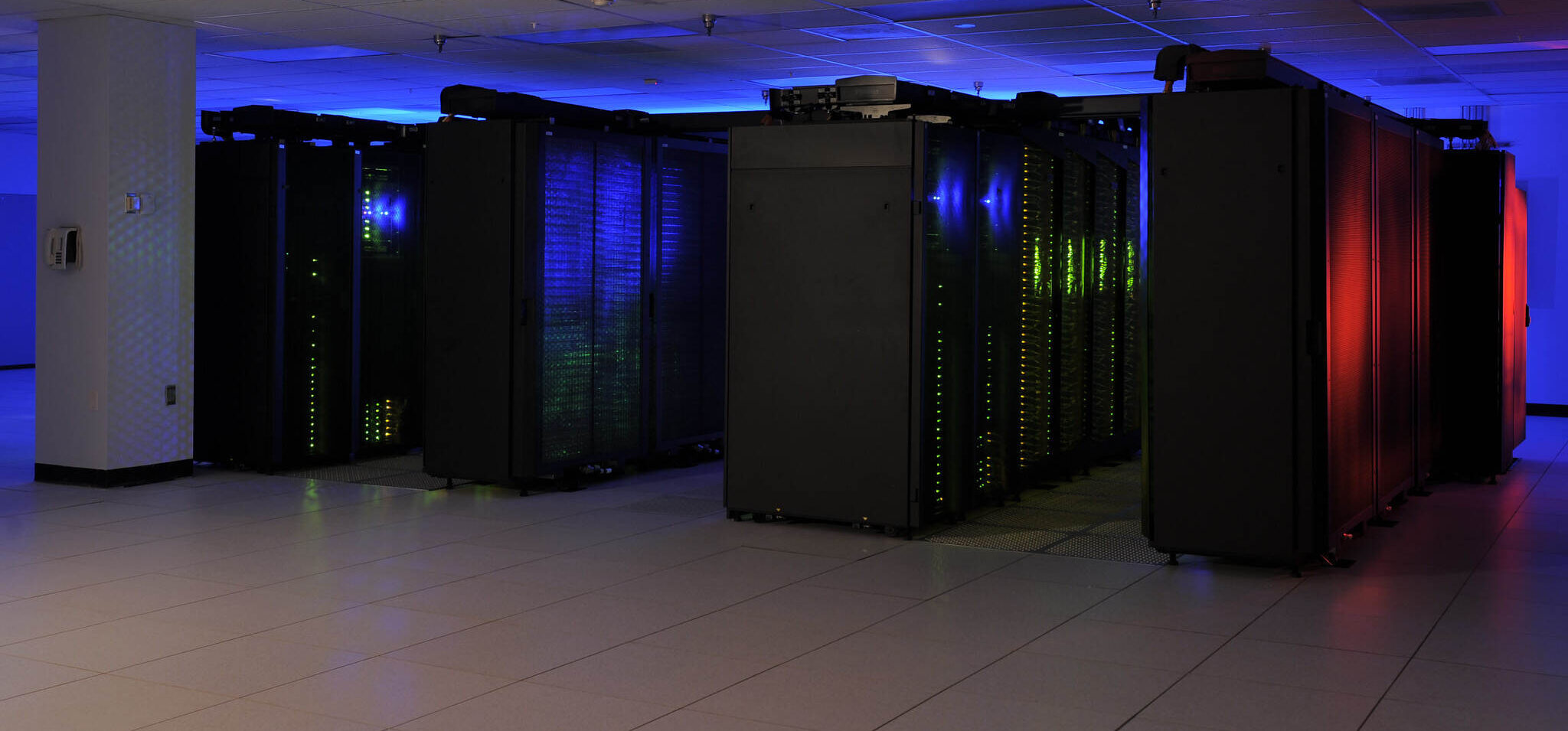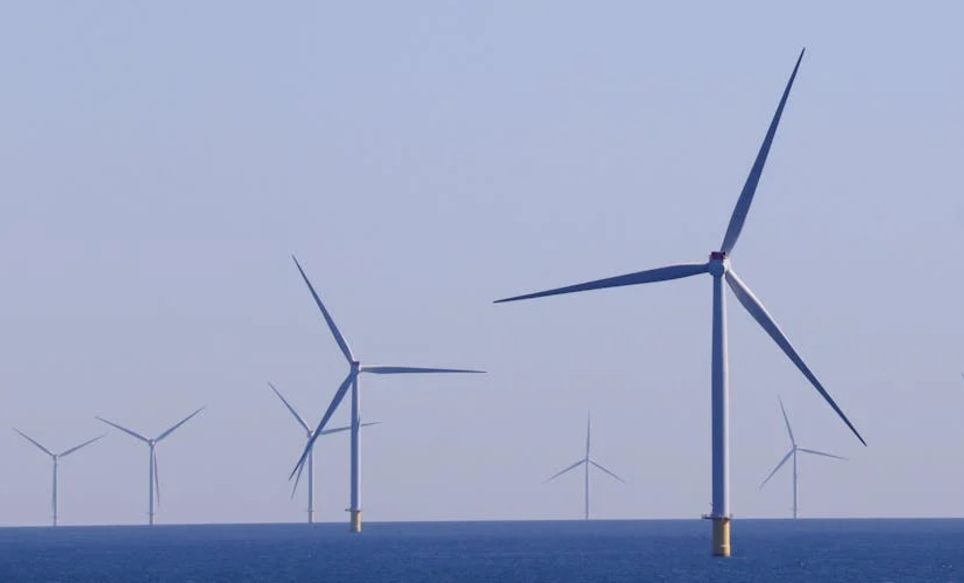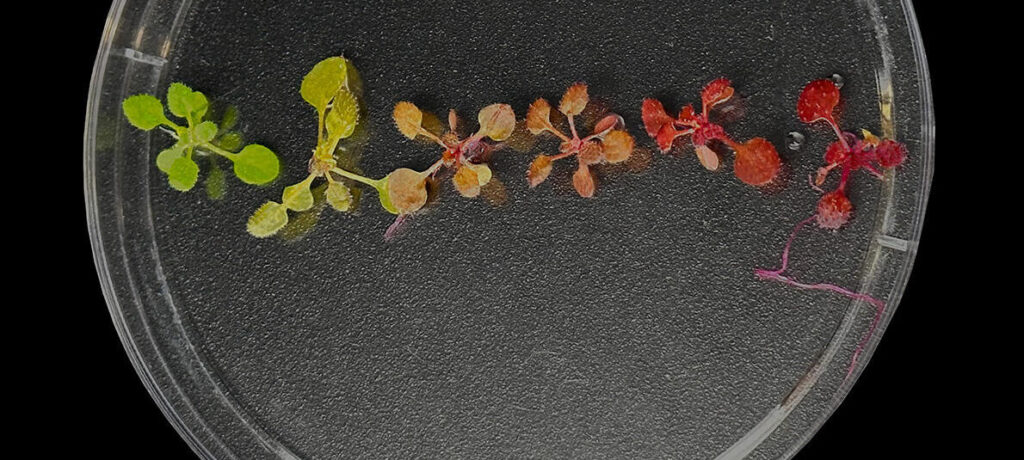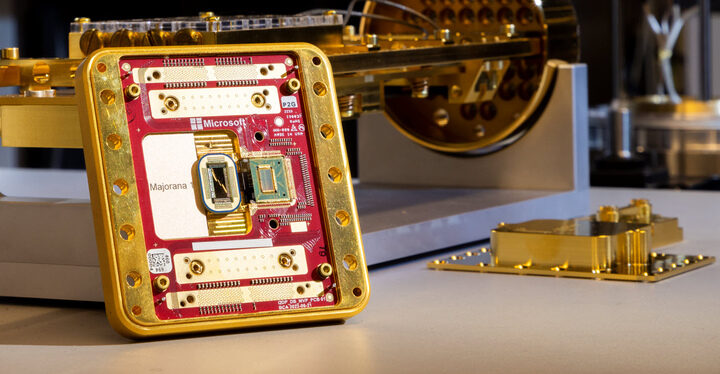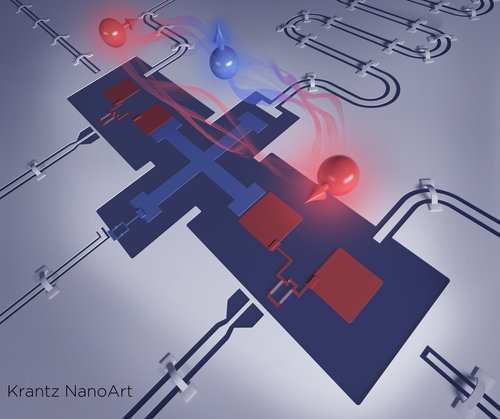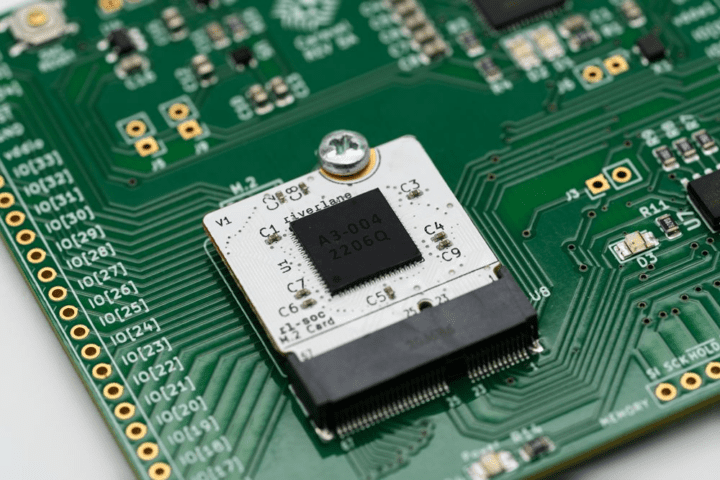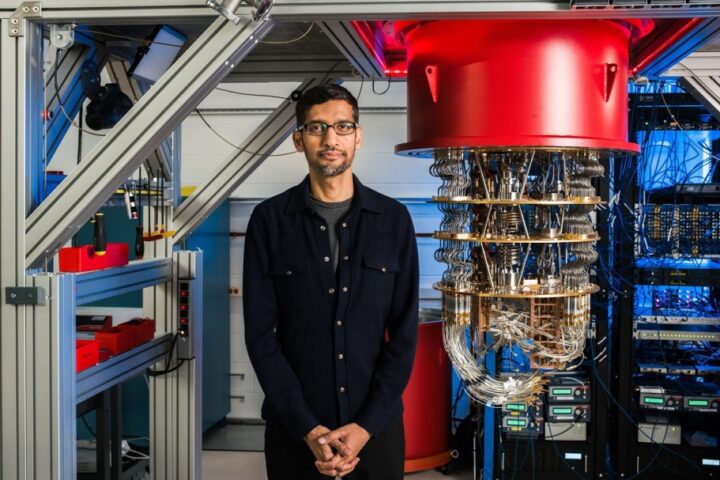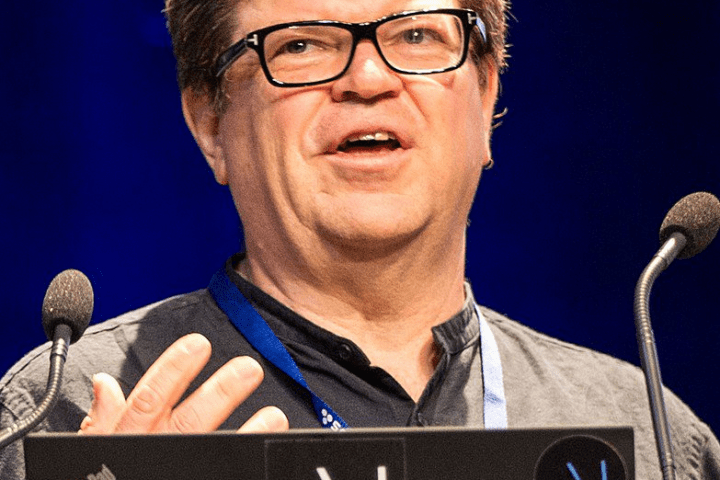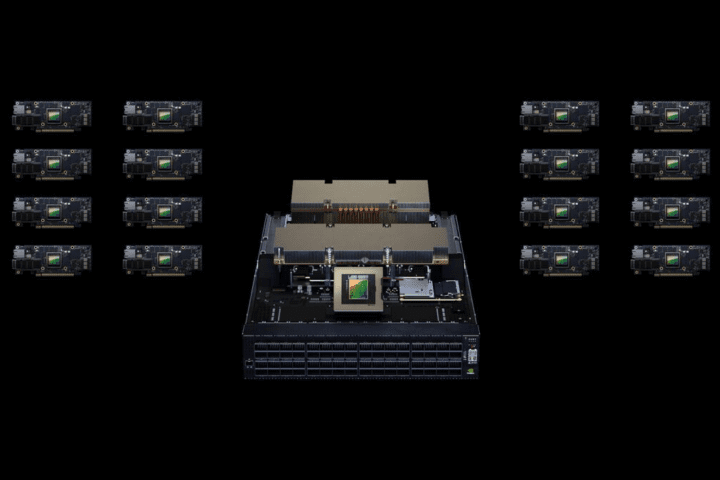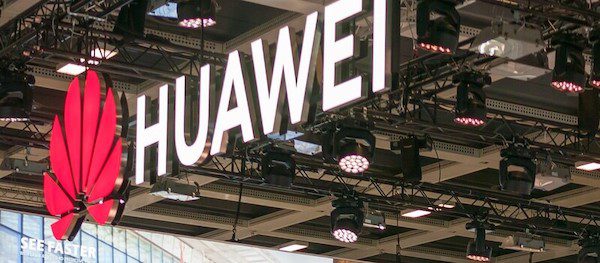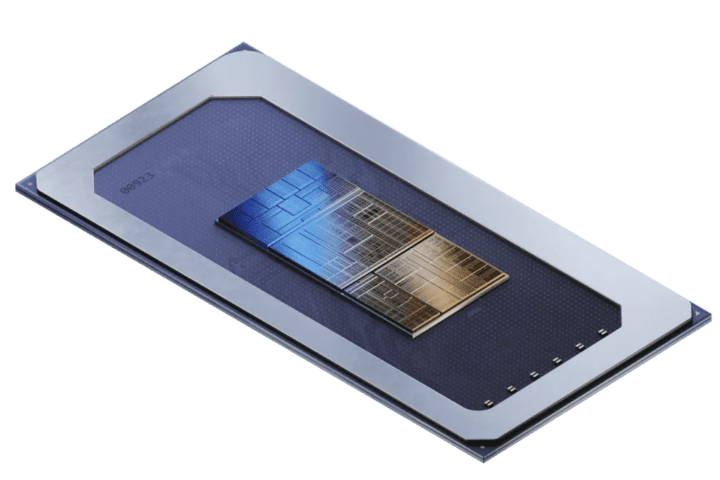Prime Minister Narendra Modi commissioned three PARAM Rudra supercomputers on September 26, 2024, developed indigenously under the National Supercomputing Mission. These ₹130 crore systems, developed by C-DAC, utilize advanced computing architectures for scientific research and development.
At Pune’s Giant Metre Radio Telescope (GMRT), PARAM Rudra processes astronomical data to study Fast Radio Bursts (FRBs) and other astronomical events. The system supports multiple research initiatives while enabling collaboration across institutions.
The Delhi installation at Inter-University Accelerator Centre (IUAC) focuses on material science and atomic physics research. Scientists access the system through advanced computing networks, supporting research across multiple institutions.
Kolkata’s S.N. Bose Centre deployment specializes in physics, cosmology, and earth sciences research. The system employs modern cooling infrastructure for efficient operation while maintaining optimal performance levels.
Two weather-specific HPC systems, Arka and Arunika, complement PARAM Rudra’s capabilities. Located at the Indian Institute of Tropical Meteorology (IITM) in Pune and the National Center for Medium Range Weather Forecast (NCMRWF) in Noida, these systems process atmospheric data for improved weather predictions.
The modern architecture positions these systems for future upgrades. The systems run continuous simulations supporting weather forecasting and disaster response capabilities, providing crucial data for emergency response teams.
Similar Post:
PARAM Rudra’s AI capabilities include Machine Learning and Deep Learning frameworks, analyzing data for various applications. The system offers cloud computing services for compute and storage, supporting applications in Computational Fluid Dynamics, Bioinformatics, and Material Science.
PM Modi emphasized practical applications: “Whether it is the economy or ease of doing business or disaster management capacity or ease of living, there is no sector that is not directly dependent on technology and computing capabilities. This sector is the biggest foundation of India’s success in industry 4.0.”
Five semiconductor fabrication units, requiring ₹1.5 lakh crore investment, will support future computing needs. Construction has begun at two sites, with three more planned for development.
The educational infrastructure includes 10,000 Atal Tinkering Labs, exposing students to advanced computing concepts. A ₹1 lakh crore research fund supports technology development across institutions.
PARAM Rudra supports space research, contributing to missions including Chandrayaan-3, Aditya-L1, and the upcoming Gaganyaan mission. Plans for the Bharatiya Antariksha Station by 2035 will require advanced simulation capabilities.
The system operates alongside global supercomputers like USA’s Frontier and Japan’s Fugaku, offering specialized architecture for scientific research and weather prediction.
NSM’s implementation through DST, MeitY, C-DAC, and IISc coordinates research across multiple institutions. The systems maintain regular operations supporting various research initiatives.
These systems operate within India’s computing ecosystem, supporting research in healthcare, renewable energy, and climate change mitigation. The integration with scientific research enables multiple simultaneous studies across various domains.
